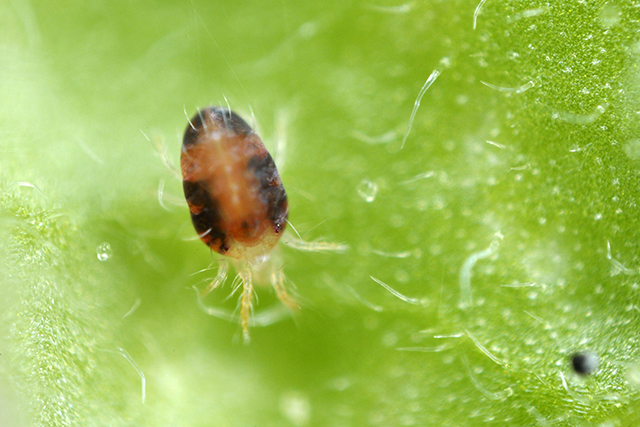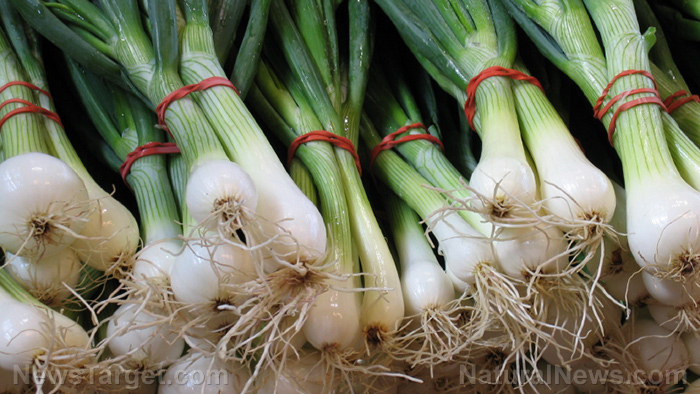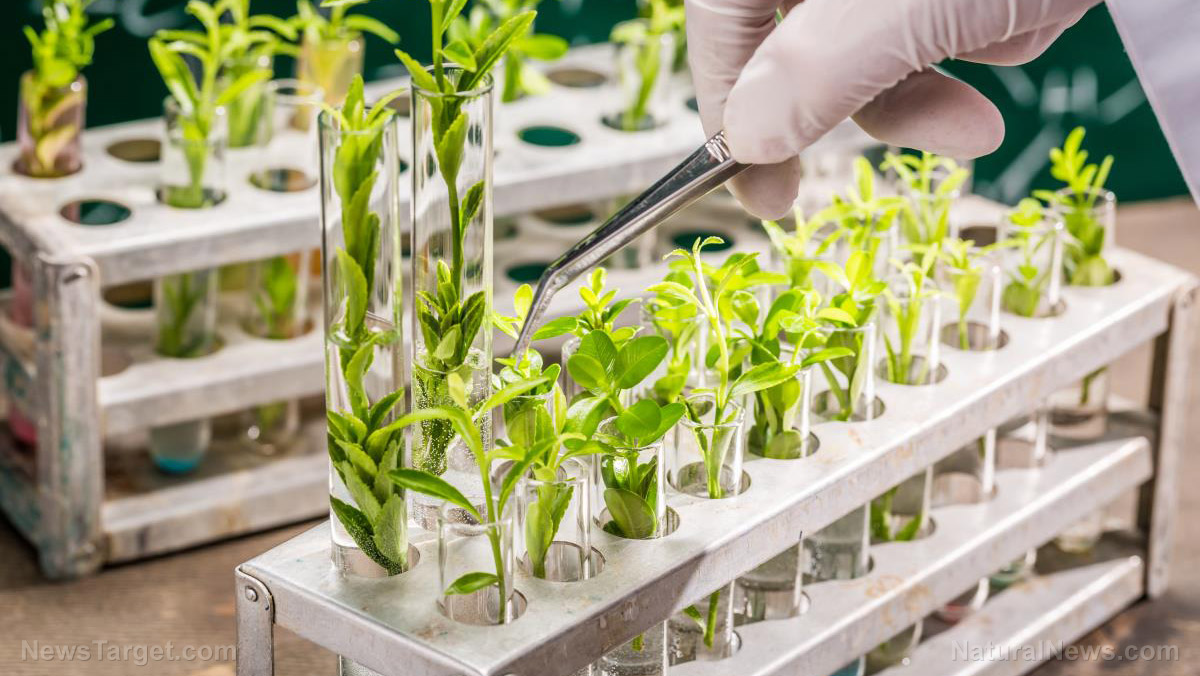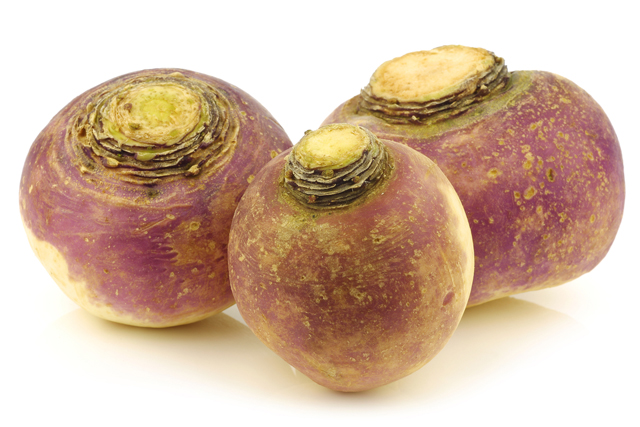Winged Bean – sources, health benefits, nutrients, uses and constituents at NaturalPedia.com
08/29/2017 / By Earl Garcia
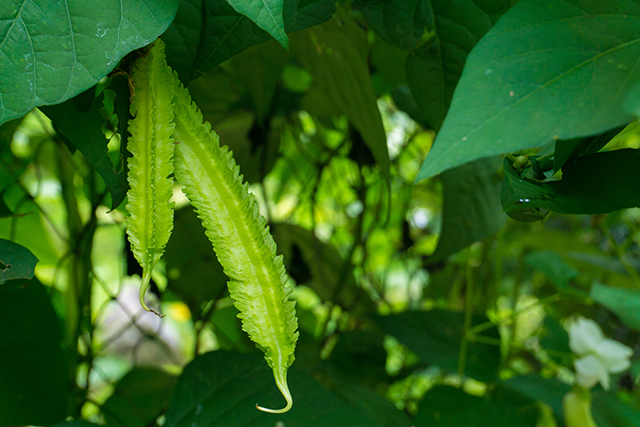
Winged beans are tropical legumes that are native to New Guinea. The plant is an annual twining vine that belongs to the Fabaceae plant family, which houses other legumes such as pole beans. The beans grow best in hot and humid countries like the Philippines, Indonesia, and India as well as Burma, Thailand, and Sri Lanka. The plant is characterized by its wing-shaped, elongated pods that feature frilly edges on its four sides. The pods vary in color such as green, yellow green, and purple. Winged beans come in many names such as Goa bean, four-angled bean, four-cornered bean, Manila bean, and Mauritius bean.
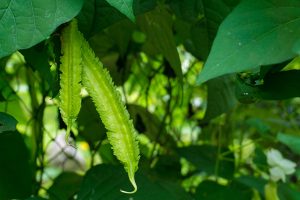
List of known nutrients
An article on the Nutrition and You website lists the many important nutrients found in winged beans, which include:
- Calcium
- Docosenoic Acid
- Hexadecanoic Acid
- Iron
- Magnesium
- Manganese
- Octadecanoic Acid
- Phosphorus
- Potassium
- Protein
- Selenium
- Sodium
- Tetradecanoic Acid
- Vitamin A
- Vitamin B1 (Thiamin)
- Vitamin B2 (Riboflavin)
- Vitamin B3 (Niacin)
- Vitamin B5 (Pantothenic Acid)
- Vitamin B6 (Pyridoxine)
- Vitamin B9 (Folate)
- Vitamin C
- Zinc
Medicinal uses for winged bean
Winged beans are an excellent source of nutrients that help ensure a healthy pregnancy. Winged beans are especially high in iron and may provide more than 300 percent of the daily recommended value of the mineral. Sufficient iron intake during pregnancy reduces the risk of maternal anemia and low birth weight.
Likewise, the plant is rich in folates that help reduce the risk of neural-tube defects in newborn babies. Winged bean seeds are also found to rival the protein quality and quantity of soybeans. An article on the Style Craze website notes that combining winged beans with corn yields the protein value of milk, which in turn may help nourish a protein-starved infant.
The high zinc content in winged beans bolster the body’s immunity as well. According to a Health Benefits Times article, consuming winged beans may effectively stave off infections and common colds. The plant’s ample magnesium content is also shown to relax the bronchial muscles and regulate breathing. This is especially beneficial to those who suffer from asthma, wheezing, and breathlessness. Likewise, the high vitamin C content in winged beans may retain blood vessel elasticity and prevent the onset of cancers.
Winged beans also contain abundant levels of phosphorus and calcium that fortify the bones and boost energy production. The high vitamin D and calcium levels in winged beans are known to fend off diabetes, too. The nutrients are shown to boost glucose metabolism and insulin secretion, thus lowering the body’s blood sugar levels.
Likewise, the plant’s high phosphorus content is touted to improve muscle weakness, numbness, fatigue, and other similar disorders. The high mineral content in winged beans are also found to treat loss of libido, frigidity, impotence, and sperm motility issues.
Wing bean consumption is also associated with weight loss, reduced inflammation and sprains, and relief from headaches and migraines.
Body systems supported by winged bean
Winged beans are particularly beneficial to women’s reproductive health and pregnancy. Likewise, the high nutrient content in winged beans help boost the body’s immunity and respiratory profile.The plant is also shown to support the bones, muscles, and pancreas. In addition, winged beans protect the eyes and improve the nervous system’s health. The plant is also helpful in promoting male reproductive health.
Ways to use winged bean
All parts of the winged bean plant are used in East-Asian cooking. The pods are primarily used as vegetable, with the tender leaves and shoots tasting like spinach. Likewise, the flowers are a great addition to salads. The tubers may also be consumed raw or cooked. The mature seeds can be used in the same manner as soybeans. An article posted on the Herbivoracious website features a sumptuous stir-fried recipe for winged beans.
Where to learn more
- 10 Surprising Benefits of Winged Beans for Beauty and Health
- Fresh.news
- Superfoodsnews.com
- Veggie.news
Summary
Winged beans prevent cancer, diabetes, and infections.
Winged beans stave off asthma, muscle weakness, and pregnancy issues.
Winged beans address migraine, eye diseases, and fertility issues in men.
Winged beans are beneficial to women’s reproductive health and pregnancy.
Winged beans support the immune, respiratory, and muscular systems.
Winged beans maintain eye and bone health and promote male fertility.
Sources include:
Tagged Under: Winged bean






